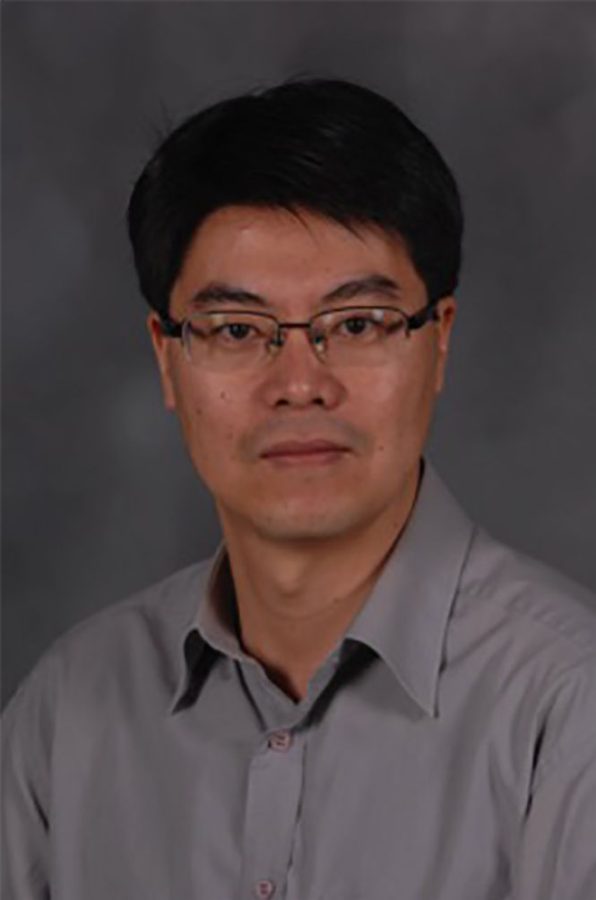Biological sciences professor awarded grant to study wound healing
Kent State University assistant professor of biological sciences, Min-Ho Kim has been awarded a five-year grant from the National Institutes of Health for the development and further research and advancement of “nanobombs”.
July 16, 2015
Kent State biological sciences assistant professor Min-Ho Kim was awarded a five-year grant of more than $1.8 million from the National Institutes of Health (NIH) to study how wounds heal.
He will be researching nanobombs, a nanotechnology-based device that would treat infection in chronic wounds by killing bacterial pathogens that affect how quickly the wounds heal.
Kim’s academic background is in engineering, and the focus of research during his postdoctoral training was in the area of biomedical sciences.
“With my experiences in both areas of research, I have been always interested in applying engineering tools in solving biological problems,” he said. “Previously, our group demonstrated the proof-of-concept that the technology utilizing nanobombs (such as magnetic nanoparticles) can be successfully used for eradicating bacterial pathogens.”
Kim lead three others in research collaboration: Songping Huang, Kent State chemistry professor; Scott Simon, University of California, Davis biomedical engineering professor; and Jose Renau, University of California, Santa Cruz associate professor of computer engineering.
The researchers hope the nanobombs will aid in the treatment of patients who cannot be successfully treated with standard antibiotics.
“There has been increasing concerns over frequent incidences of antibiotic-resistant bacteria in non-healing chronic wounds, along with limitations in conventional antibiotic treatment,” Kim said. “I thought that approaching the biological problem in a different point of view such as utilizing engineering tools may lead to the better solution.”
Bing Yu, a biological sciences research associate, said he’s been working as a collaborator with Kim for the past two years.
“Dr. Kim is the supervisor to take the main responsibilities for the research, teaching, and the lab management,” Yu said. “Since my background is skeletal muscle biology, tissue regeneration and wound healing, and Dr. Kim’s background is biomedical engineering, he always treats me like a collaborator instead (of) supervisee or mentee.”
Yu said with Kim’s strong background in biomedical engineering and his more than ten years of biomedical research experience, they expect to see promising findings on this project.
During the next five years, the study will be focused on certifying the effectiveness of the therapeutic technology using preclinical animal models of diabetic wound infection.
“I understand that many challenges still remain in our study, but I hope that we will contribute to the efforts, along with others, for developing new therapeutics to treat non-healing chronic wounds such as diabetic wounds,” said Kim.
Contact Jessa Schroeder at [email protected].












